
California Wildfire Prevention Needs Rational Solutions
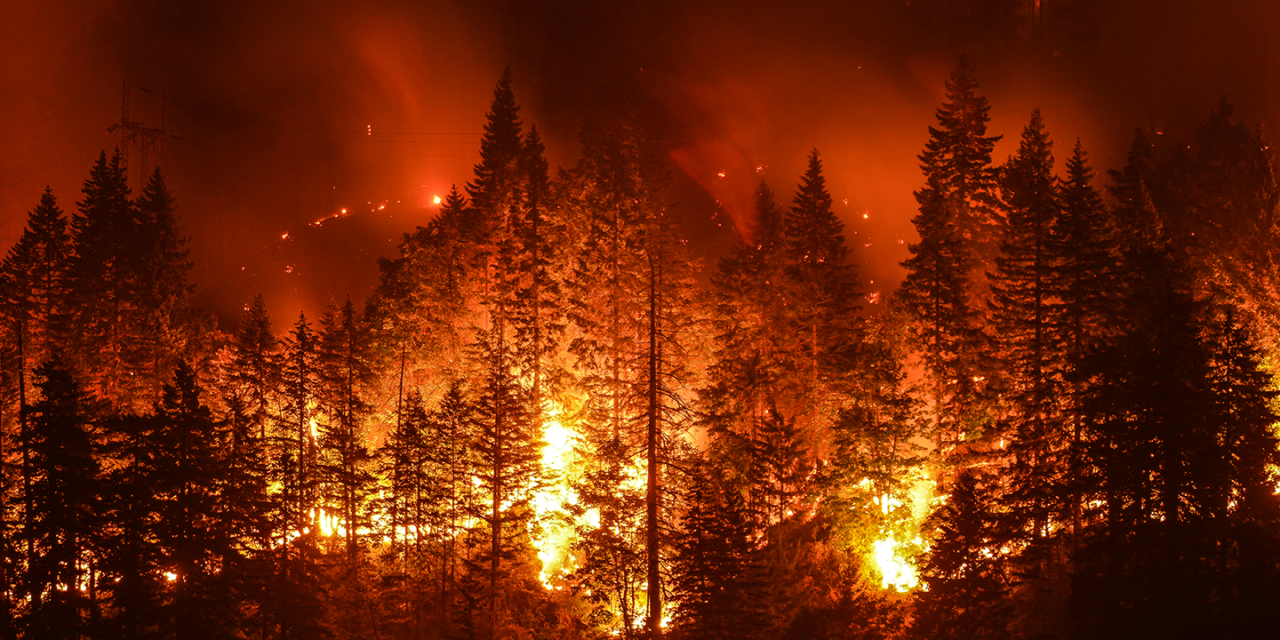
The Carr Fire in Redding, CA has burned over 300 square miles and destroyed over 1000 homes. The Mendocino Complex Fire has scorched nearly 500 square miles and is now the largest wildfire in California history. Thus far in 2018, wildfires in California have burned a total of nearly 1500 square miles. In 2017, wildfires burned nearly 2000 square miles.
These numbers are staggering. It is sad to see so many lose their homes, and in some cases their lives. Some of our nation’s pristine wilderness, a God-given natural beauty, is reduced to swaths of charred land. Wildfires have destroyed huge chunks of some of the most beautiful locations like Yosemite and Big Sur. While it is easy to pin the cause to a single factor like Global Warming, things are far more complex and multiple factors contribute to wildfires in California.
One of the major contributing factors is the drought. California has been in drought for several years. Water supply fluctuates. Some years, we have plenty of snow and rain and not enough in some others. Similarly, water demand varies from one season to the next. More water is used during summer as crops and landscapes need to be watered and evaporation levels are high. Dams and reservoirs are used as a buffer to store the water and balance supply with demand over time. Increasing storage capacity is a time-tested way to protect against droughts. Yet, the last big dam in California, the New Melones Dam, was built back in 1979 and total storage capacity has gone up by a mere 3.6% since 1979. During the same period, the population of California has increased 74%, from 23 million to 40 million. When you don’t increase storage as consumption increases, you will more directly be impacted by drought as you don’t have enough water to release during long dry periods. That exactly is what has happened in California.
In addition to acting as storage, reservoirs create local climate patterns leading to more rain as the evaporated water comes down as rain in the nearby areas. When you don’t have reservoirs, you end up having less rain, resulting in more dead trees. Well over 125 million trees have died in California because of the drought. These dead trees now serve as fuel to a fast-moving fire. California appropriated just $30 million to remove those dead trees while building a high-speed rail whose price tag is fast approaching $100 billion.
On the firefighting side, the situation is just as bad. Back in 1970, California had 55 S-2A airtankers with a combined capacity of 44,000 gallons. Today they have 22 S-2T airtankers with a total capacity of 26,000 gallons. Their helicopters are leftovers from the Vietnam era, bereft of modern technology and incapable of night flight.
One final point: We all need to act responsibly to conserve natural resources and save those majestic Sequoias and the gigantic Redwoods. But emphasizing just conservation and not doing much beyond that is an irresponsible policy. California needs a balance between prudent use of natural resources and reasonable increase in storage, along with sufficient resources to prevent and fight fires. Perhaps California would be better served by concerning itself less about plastic straws and more about protecting homes and lives.







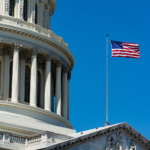
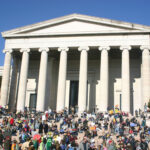



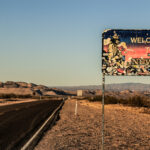

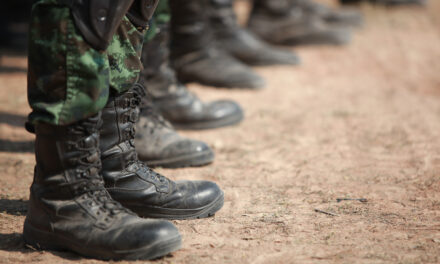


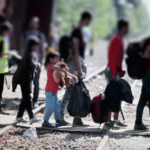


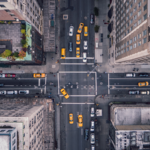









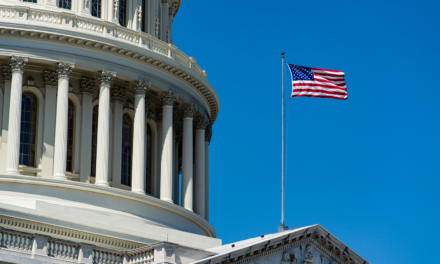

Recent Comments